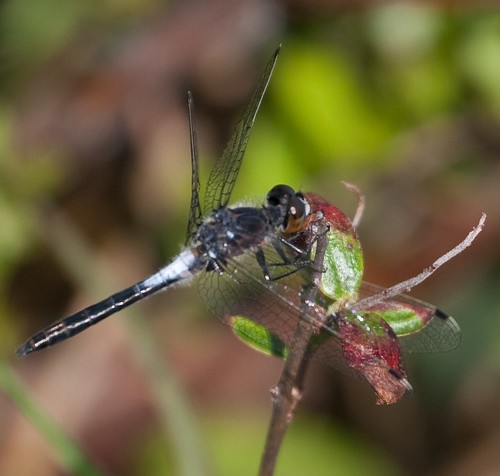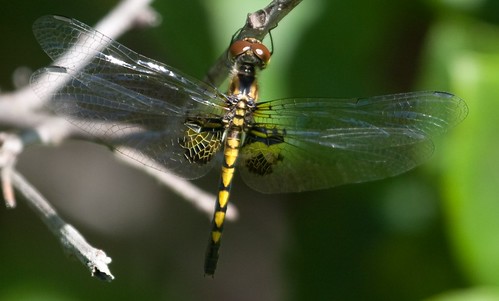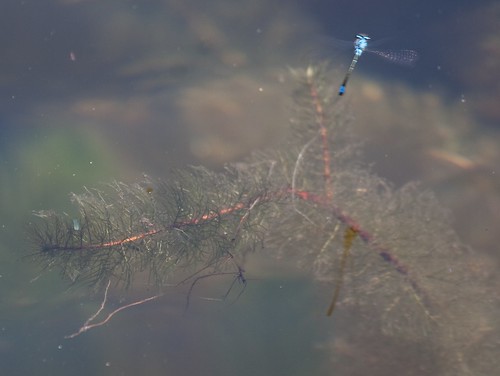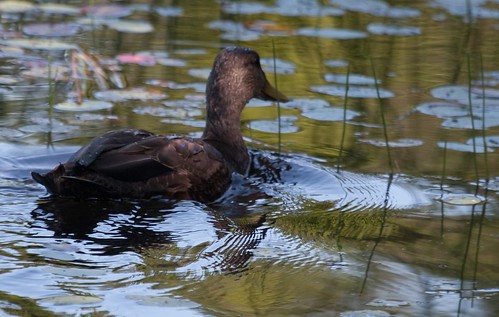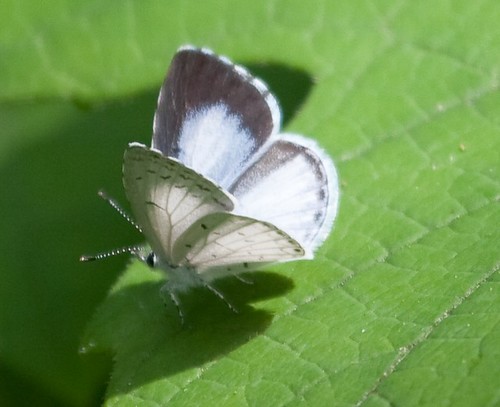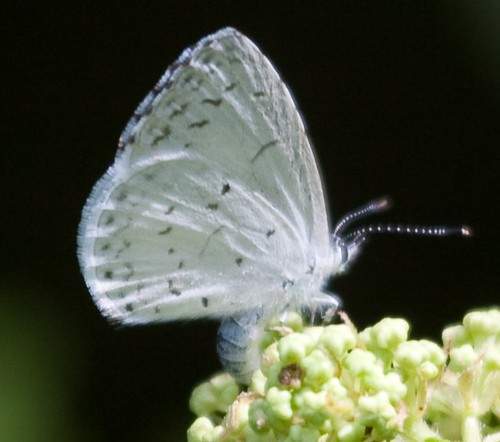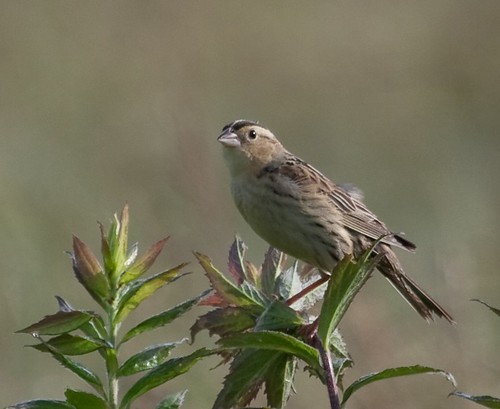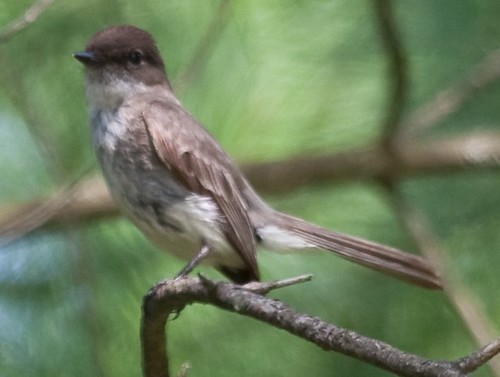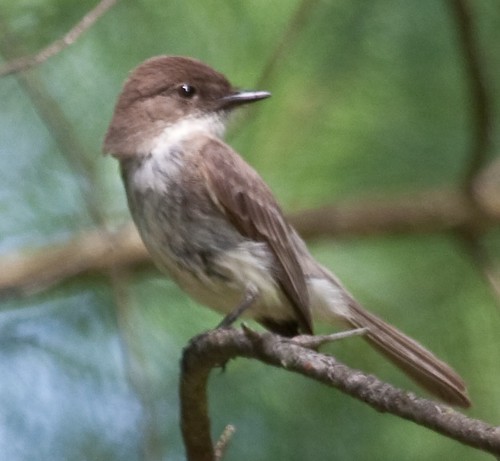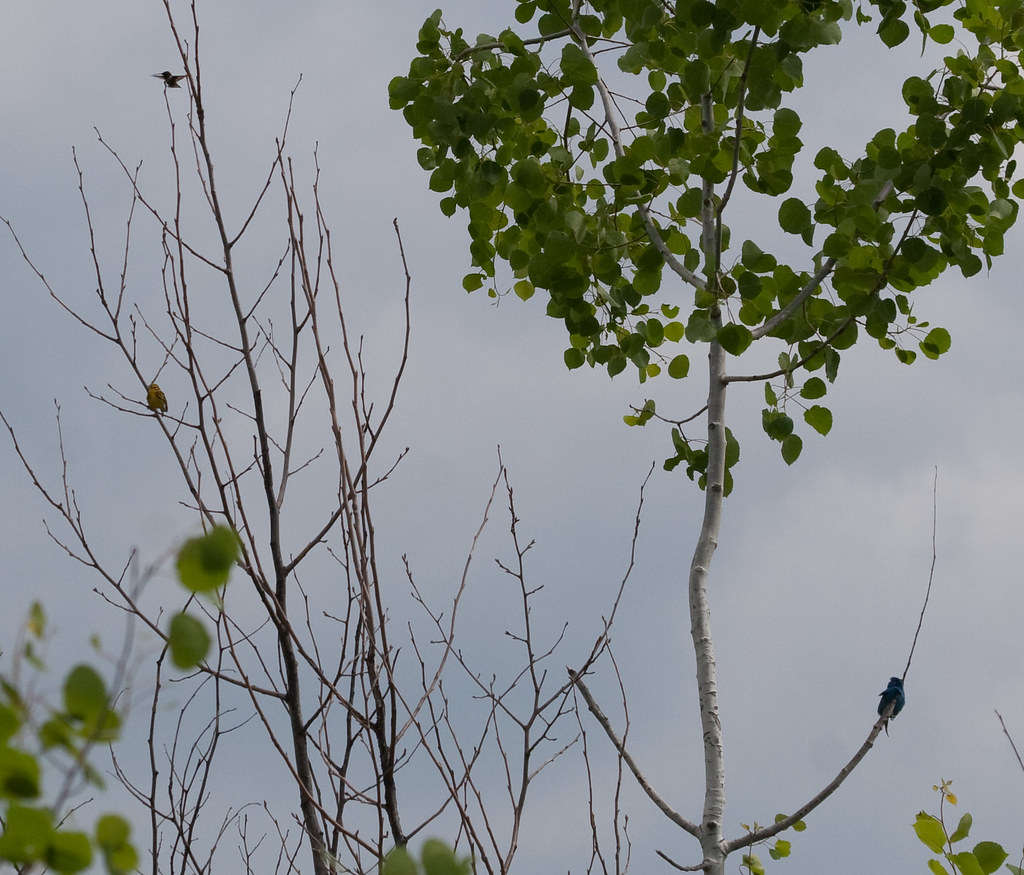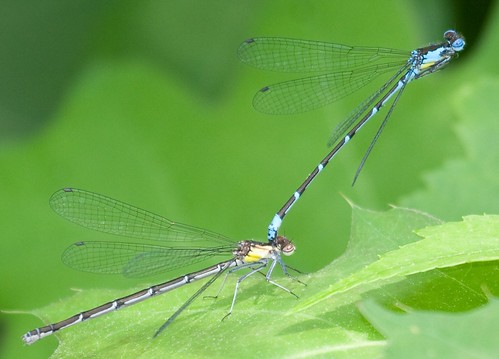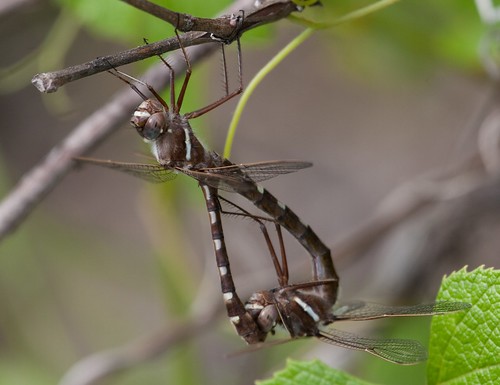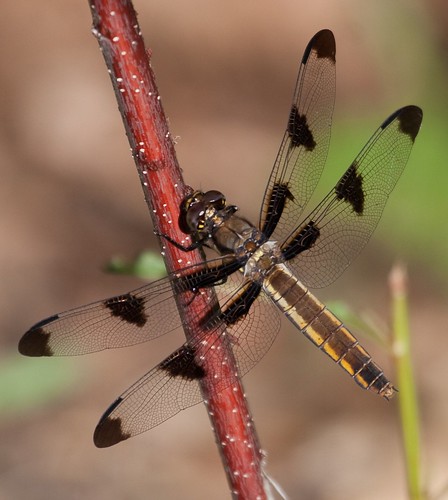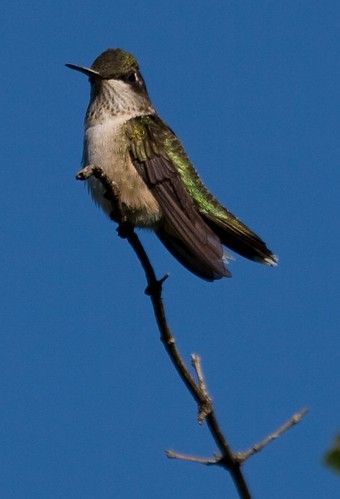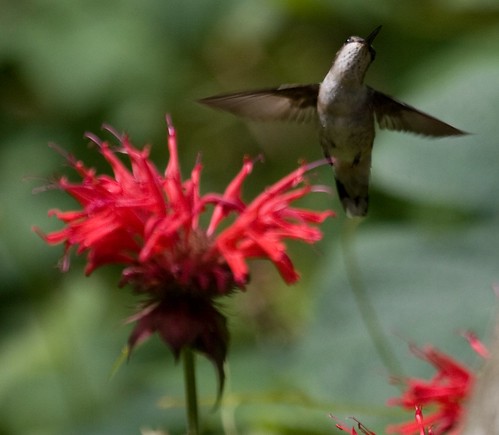Never hit post on this, but fixing the date now.
Yesterday was a long day. I was out of the house and at Minuteman NHP in place to do my yearly survey at 5AM. The survey involves 7 stations and a 10 minute count at each one. Since the stations are all deep in the woods and it’s barely light out, it’s almost all by ear (although I did actually pick up a Wood Thrush and Scarlet Tanager by sight this year). I forgot that I had broken my timer and couldn’t find a good replacement the night before, but lucked out in that my iPod happened to be on a song that was exactly nine minutes long, so I could check the time without too much difficulty. Next year, I’ll make up a 10 minute long blank file that will work perfectly.
With the survey done, I decided to stop in Concord and do a bit of atlas work. I started with a few of the farm fields near Nine Acre Corner. There weren’t many birds around (I did confirm Tufted Titmouse) but along the edge of one field, I found a bunch of nice dragonflies including several Chalk-fronted Corporals, my first Blue Dashers of the year (not that I won’t be seeing them by the thousands shortly), and one or two Delta-spotted Spiketails. Since I was out primarily for the survey, I left the camera at home, but here’s one from Lincoln a couple years ago:
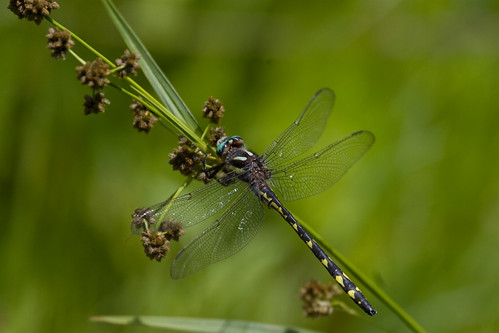
I moved on and decided to drive down Old Road to Nine Acre Corner (quite the name). I saw a parking lot with signs that looked like a conservation area, so I pulled in. There was a big sign about staying on the trails and keeping dogs out of the fields to protect grassland birds, so I zipped down to the fields. There were at least 5 Bobolinks flying about, although they were all males. The field appears to have potential for some other stuff, but other than confirming Red-wing, the only thing of note I picked up were ticks (3 of which needed tweezers later).
I then headed to the Old Rifle Range to pick up pewee and a couple other birds that hadn’t been within safe dates when I last visited. I got all those and heard a somewhat surprising Veery and Ruby-throated Hummingbird (I’m guessing that’s the first heard only hummingbird I’ve recorded).
I then cruised past the Harrington fields and again didn’t find an entrance, but since I found the grassland stuff elsewhere, I’m less concerned now, so I continued to Knox Trail. There was a yard sale sign pointing down the road, even though the only buildings are part of an office park. That proved annoying as lots of cars were driving up and down. The Osprey was a no show and I’m wondering if the nest was abandoned as I’ve yet to see any activity on it but I did find an oriole nest and a few other things. There were plenty of dragonflies about, including first of year Slaty Skimmers and a Cyrano Darner that was making continuous circles along the water. It would have made for a nice photo but again, no camera so here’s one from last year:
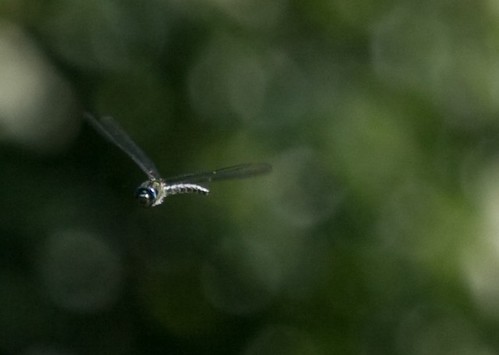
Not the best view there, but it’s a big greenish darner with a huge forehead.
I went home for a long nap at this point.
At 6, we headed out for dinner. Two flat tires later, we ended up just getting pizza at home. But in the meantime, I built up quite a good list sitting on the side of the Pike including several Great Blue Herons, a Green Heron, and a couple huge flocks of blackbirds.


